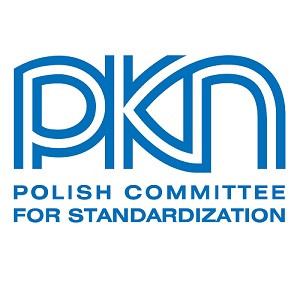This document defines the methodology for measuring and characterizing the dustiness of a bulk material that contains or releases respirable nano-objects, their aggregates and NOAA agglomerates and other respirable particles. In addition, the environmental conditions, the sample handling procedure and the method of calculating and presenting the results were also specified. Guidance on selecting the method to be used is given. The methodology described in this document enables: a) quantitative determination of dust mass indexes for dust fractions significant from the point of view of health, b) quantification of the numerical dustiness index and emission factor, and c) aerosol characterization of particle size, morphology and chemical composition of particles. NOTE 1 Currently no dust classification system has been established for the number of particulates released from the material. The ultimate intention is to revise this document and introduce a numerical dust classification system as soon as a sufficiently large amount of measurement data is obtained. This document applies to all bulk materials in the form of powders, granules or pellets, containing or releasing respirable nano-objects and their aggregates and NOAA granules and other respirable particles. NOTE 2 The shaking method described in Part 5 of this series of standards has not yet been assessed for pellets and pellets. NOTE 3 The rotary drum method and the continuous charging method have not yet been evaluated for nanofibers and nanoplates.



